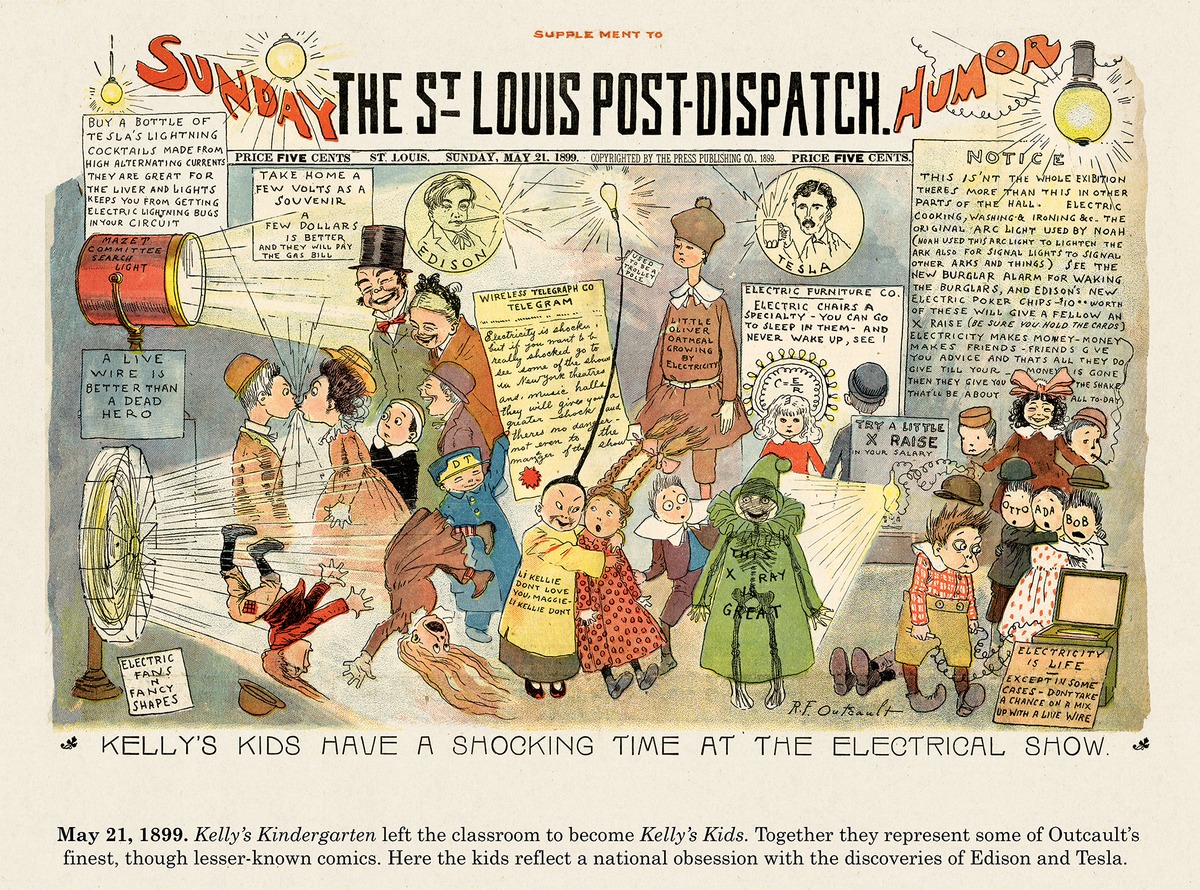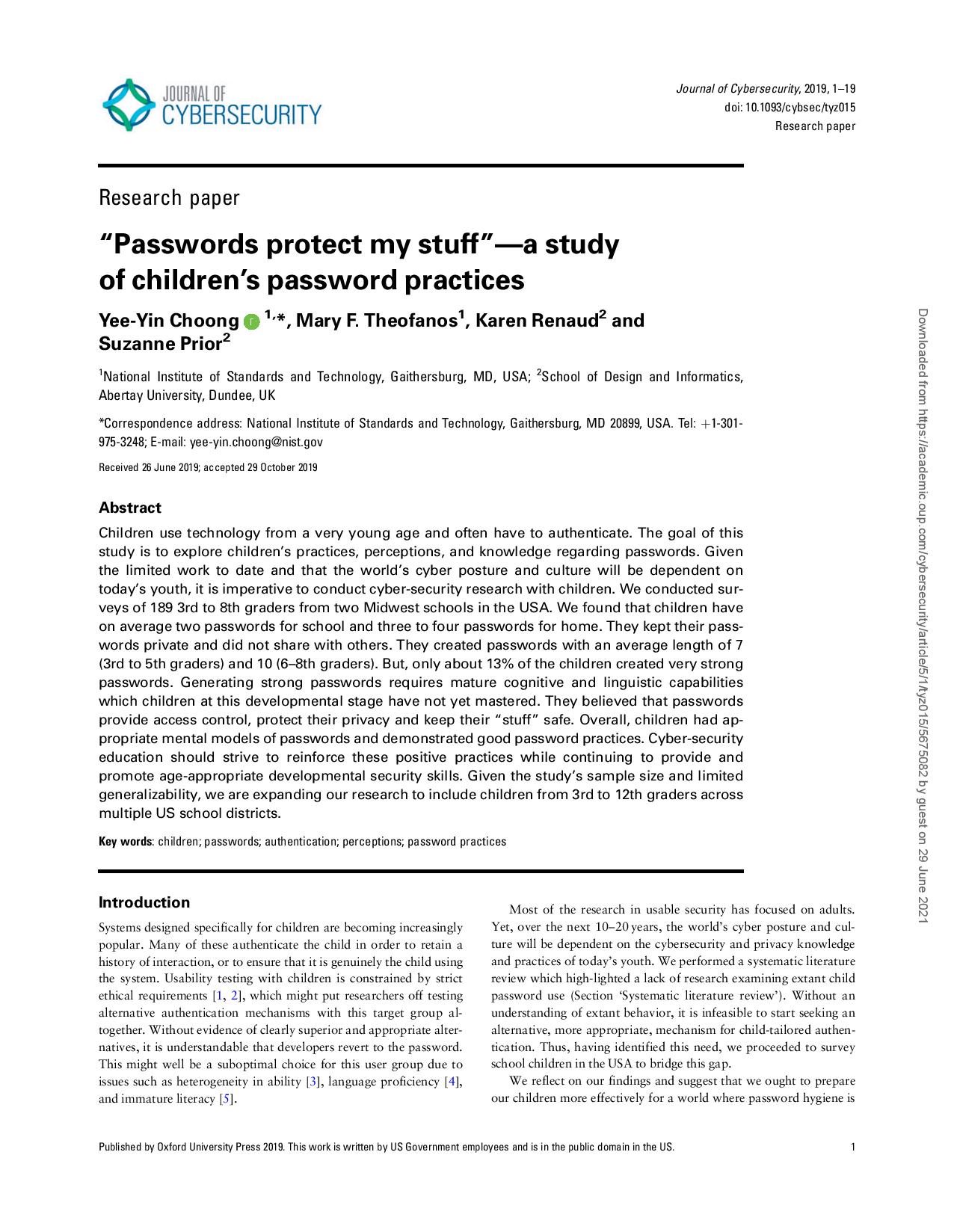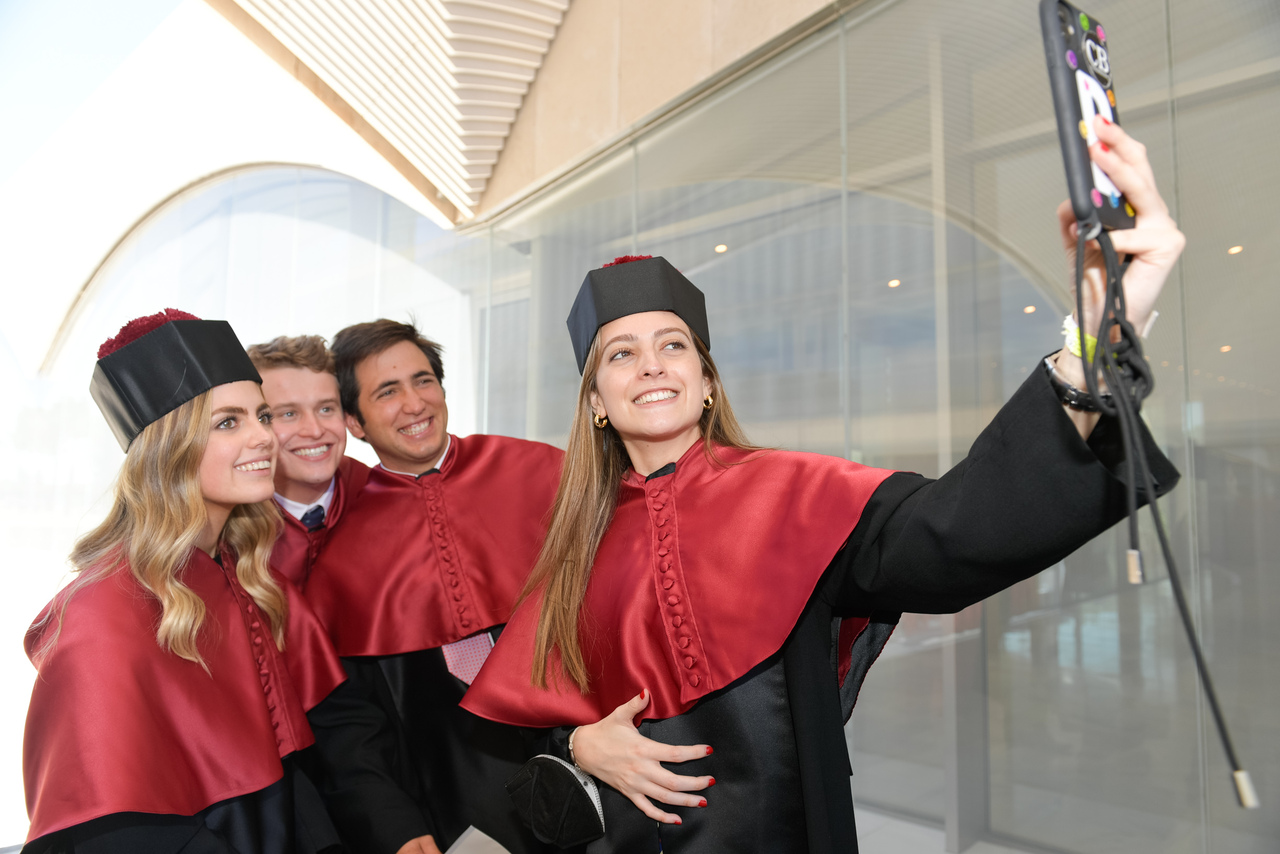
* See Footnote below

Underwriters Laboratories Standard for Safety for Panelboards (UL 67) articulates product specifications for a central feature of all building power chains. Panelboards are first entry of electrical energy in a residence, for example; and are found everywhere in education and healthcare facilities classified as commercial, industrial and institutional occupancies. Panelboards divide the power chain into subsidiary circuits, while providing a protective fuse or circuit breaker for each circuit in a common enclosure. Some panelboards — such as those classified as service entrances for residences — have main breakers positioned ahead of all downstream branch circuit breakers that must meet rigorous current interruption requirements.
Panelboards are continually improving and therefore the matrix of safety standards are revised continually; notably there installation safety requirements in the National Electrical Code. The redline is available at two places on the internet; linked below:
ANSI Standards Action | Pages 42-43
Comments are due November 3rd. You may send comments (with optional copy to psa@ansi.org). It is best to set up your own (free) account at the link below:
UL’s Collaborative Standards Development System (You will need to set up an account)
You may also find the correlating section of the most recent update of the National Electrical Code — Section 230.71(B) — at the link below:
Michigan Electrical Code 2023
The most significant change to the NEC that now appears in its 2020 revision requires that each service disconnecting means and its associated overcurrent devices be located within a separate compartment; to wit:
“…Each compartment shall be constructed to prevent inadvertent contact with live parts such that with the service disconnect in that compartment in the off position, no ungrounded uninsulated live part is exposed to inadvertent contact by persons while servicing any field connected load terminal, including a neutral load terminal, a branch circuit equipment grounding terminal, or the neutral disconnect link. Exposure to inadvertent contact is determined by use of the probe illustrated in Figure 6.1. lf restriction to the compartment is dependent on the installation of field installed service conductors, conductors sized in accordance with 12.1.10 shall be installed in the terminals when determining exposure to inadvertent contact. All live parts including the connector bodies and pressure screws shall be evaluated…”
Proposals of this nature, in this section and elsewhere in related sections, have appeared in proposed changes to the NEC for many revision cycles. You can sample the specifics in the links below:
Article 230 of the NEC has always been a lively “promontory” in leading practice discovery because service panels — where meters are located — are usually the locus of the maximum amount of energy entering a building. In most new installations, this change will not be visible because its effect will be in product specification for buildings that require meter banks; most likely stand-alone student residence facilities. In legacy residential installations, however, this change may expand the scope of electrical rehabilitation projects.
We generally place product standards action in the lower tier of our priority list but because this is likely to raise the cost of the product — and to inform insurance underwriting criteria — we take special note of it. There will legions of NEC trainers that will sweep through the land for the next 3 years to explain in more detail. Advocacy activity we may contemplate for the 2023 NEC, if any, will be coordinated with the experts in the IEEE Education & Healthcare Facilities Committee which meets online 4 times monthly in the Americas and Europe. Our electrical power teleconferences are hosted on the same day. See our CALENDAR for the next meeting; open to everyone.

Issue: [19-143]
Category: Electrical, Energy
Colleagues: Mike Anthony, Jim Harvey, Glenn Keates, Jose Meijer
*The change to UL 67 deals specifically with the manufacture (and ultimately, specification) of meter centers. There are no images to show what product classes are effected so we keep things light with another historical image tracking the evolution of the electrical power industry. For more information you may use the search term “meter center” to find various manufacturer product offerings.

























